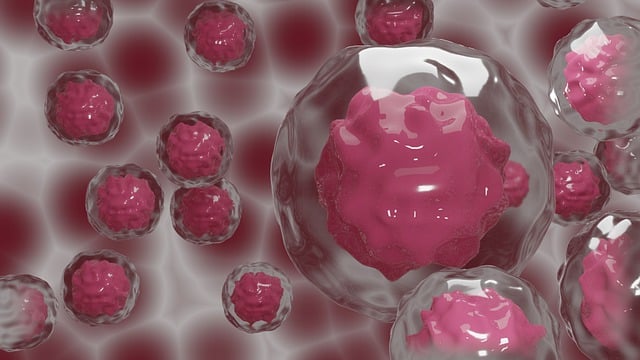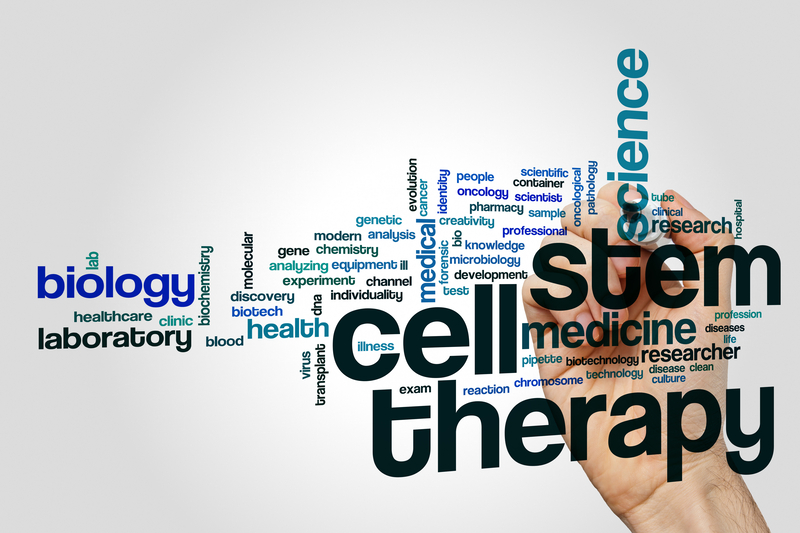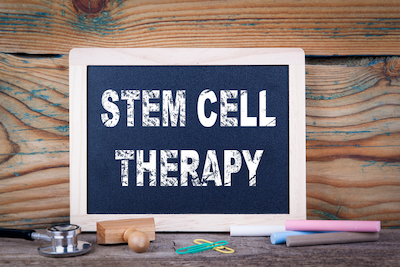Photo from Pixabay

In the vast arena of medical advancements, stem cell therapy shines as one of the most promising innovations. Rooted in the profound capabilities of stem cells, this treatment strategy offers potential solutions to many medical challenges. This article delves into the foundations of stem cell therapy and explores its potential beneficiaries.
The Science Behind Stem Cells
Stem cells, often termed the body’s primal cells, possess two defining characteristics: the ability to self-renew and differentiate into specialized cell types. Their unique regenerative abilities allow them to divide and produce both identical stem cells and other cells that serve specific roles, such as brain cells, blood cells, or heart cells. This versatility implies they can replace or repair damaged tissues, potentially reversing diseases and injuries. As a result, the medical community sees them as a promising tool in treating a range of conditions, from degenerative diseases to tissue injuries. With continued research, their full potential in therapeutic applications continues to unfold.
Categories of Stem Cells
- Embryonic Stem Cells: These cells are derived from embryos, usually at the blastocyst stage, which is just a few days after fertilization. They possess the capability to transform into any cell type in the body, making them pluripotent. Because of this unique property, they are often used in research and hold significant potential for regenerative medicine, although their use is also associated with ethical debates and considerations.
- Adult Stem Cells: Found in various tissues throughout the body, adult stem cells are more specialized than their embryonic counterparts. Their primary role is to repair and maintain the tissue in which they reside.
- Induced Pluripotent Stem Cells (iPSCs): These are adult cells that have been genetically reprogrammed to function like embryonic stem cells, showcasing immense therapeutic potential.
Stem Cell Therapy: The Process
Stem cell therapy involves the use of stem cells to treat or prevent a disease or condition. The process generally begins with the extraction of stem cells from a source, such as bone marrow or adipose tissue. Once harvested, these cells are then processed and, if needed, differentiated into specific cell types suitable for treatment. Before undergoing the procedure, patients often inquire about the stem cell therapy cost, as it can vary based on the complexity of the treatment and the specific medical condition being addressed. Ultimately, once prepared, the stem cells are reintroduced into the patient’s body, where they can promote the repair and regeneration of damaged tissues or organs.
Potential Applications and Beneficiaries
- Neurodegenerative Diseases: Patients with conditions like Parkinson’s or Alzheimer’s can benefit from stem cell therapy. By introducing stem cells into affected brain regions, there’s potential for cell regeneration and symptom alleviation.
- Orthopedic Conditions: Individuals suffering from conditions like osteoarthritis or sports-related injuries might experience pain relief and improved joint function due to the regenerative capabilities of stem cells.
- Cardiovascular Diseases: Stem cell therapy can help repair damaged heart tissue, aiding patients with heart diseases and potentially improving heart function.
- Autoimmune Disorders: Conditions like lupus or rheumatoid arthritis can see therapeutic benefits from stem cell therapy by modulating the overactive immune response.
- Wound Healing: Patients with chronic non-healing wounds, such as diabetic foot ulcers, can benefit from enhanced wound healing and reduced scar tissue formation.
- Cancer: While still in the experimental stages, stem cells can be engineered to fight specific types of cancer, offering a targeted approach to cancer treatment.

Safety and Ethical Considerations
With the promise of stem cell therapy comes associated challenges:
- Safety: While many studies indicate positive outcomes, there’s ongoing research to ensure the safety and efficacy of stem cell treatments. Potential risks include immune rejection, contamination, and undesired tissue growth.
- Ethical Issues: Particularly with embryonic stem cells, there are ethical considerations, given they’re derived from embryos. The debate often revolves around the source of these embryos and the moral implications of their use.
Conclusion
Stem cell therapy, a beacon in regenerative medicine, offers hope to countless patients worldwide. As medical research continues to unveil its myriad applications, the intersection of hope and healing continues to expand. However, as with all medical interventions, informed decisions based on thorough understanding and discussions with healthcare professionals are essential. The journey of stem cell therapy, from its scientific origins to its therapeutic applications, embodies the ever-evolving landscape of modern medicine.

